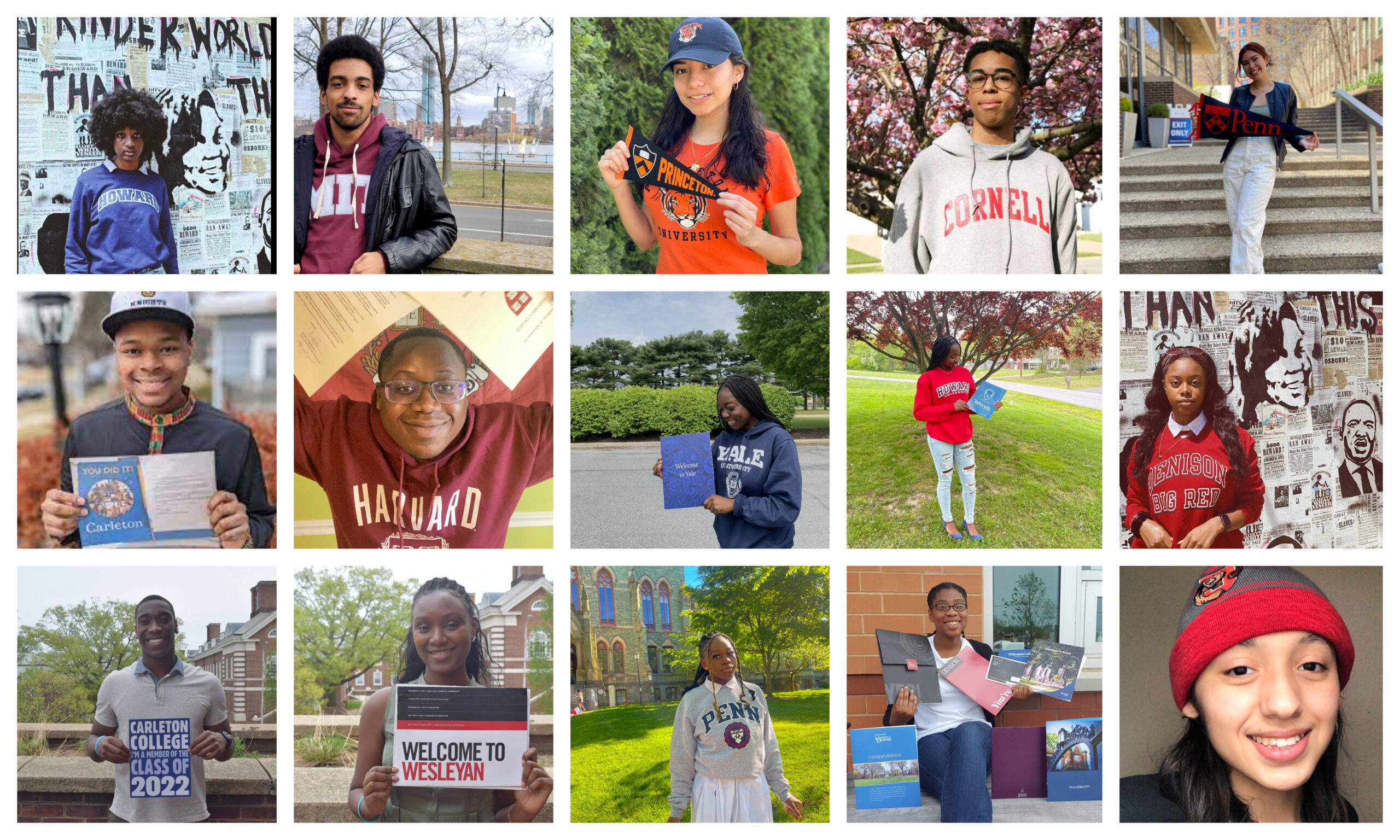When it comes to selecting colleges to apply to, many students of color or low-income students rely on factors like proximity to home, name recognition from college sports, family connections, etc. These approaches typically limit students to a narrow pool of schools, overlooking options that could significantly expand their opportunities for academic success, financial support, and career mobility. With over 4,500 four-year colleges and universities in the U.S., it’s vital that we help students consider a broader range of institutions—particularly those designed to meet their academic and financial needs more effectively.
Here are three categories of colleges that we prioritize at TeenSHARP that have proven to be game-changers for our students:
1. Liberal Arts Colleges
Liberal arts colleges are a best-kept secret among the most affluent families that you will rarely find on college lists of your students of color or low-income students. With their focus on undergraduate education, liberal arts colleges provide unparalleled academic support, a small classroom environment, and easy access to a professor. These are important factors that have allowed our TeenSHARP alums to thrive and graduate over the last fifteen years.
Every year over half of TeenSHARP students commit to liberal arts colleges in Pennsylvania (Swarthmore College, Haverford College, Bryn Mawr College, Gettysburg College, Allegheny College, Franklin and Marshall College, Lafayette College), Massachusetts (Smith College, Amherst College, Williams College, Mount Holyoke College, College of the Holy Cross), Minnesota (Carleton College, Macalester College), or California (Pomona College, Pitzer College, Scripps College or Harvey Mudd College).
At these institutions, students can obtain academic preparation for any career. Yes, any career! And they can do so on financially affordable terms.
2. Colleges That Meet Full Financial Need
Applying to the colleges that meet full demonstrated financial need is at the core of TeenSHARP’s blueprint. This group of colleges have a highly competitive admission process, but they are a sure full ride for any admitted student coming from a family with a household below $65,000. This is why TeenSHARP has students attending the University of Pennsylvania, Washington and Lee University, Davidson College, and Emory University, to mention a few, paying $0 out of pocket. These colleges even cover the cost of healthcare insurance, travel to and from home, the cost of textbooks, and even prescription glasses, if necessary! This is why a typical TeenSHARP student earns a whooping $82,000 in need-based grants (that’s $328,000 invested in a student’s education over their college career!) and borrows merely $2,000 in federal student loans per year.
3. Colleges Offering Generous Merit Aid
For students whose family income disqualifies them from need-based aid but who still face financial challenges, colleges with strong merit aid programs should be the focus. At TeenSHARP we have candid conversations with families to understand how much out-of-pocket they can afford and suggest colleges accordingly. For example, several of our alumni (including Alina de Zoysa) have received the prestigious Johnson Scholarship, a full ride opportunity at Washington and Lee University. Others have been selected for the full-ride Richmond Scholars program at the University of Richmond. These scholarships, awarded based on academic achievement, leadership, or other talents, make high-quality education more accessible for middle-income families of color.
The Takeaway
For many students of color and those from low-income backgrounds, a narrow college list can limit their potential. By introducing underrepresented students to liberal arts colleges, institutions that meet full financial need, and schools with robust merit aid programs, educators and college access professionals can help them expand their horizons and make more informed decisions.
So let’s empower our students with knowledge about these transformative opportunities and guide them toward institutions that align with their aspirations, financial realities, and long-term goals.

 Three Overlooked Types of Colleges That Could be Affordable and Life-Changing For Your Underrepresented Students
Three Overlooked Types of Colleges That Could be Affordable and Life-Changing For Your Underrepresented Students 